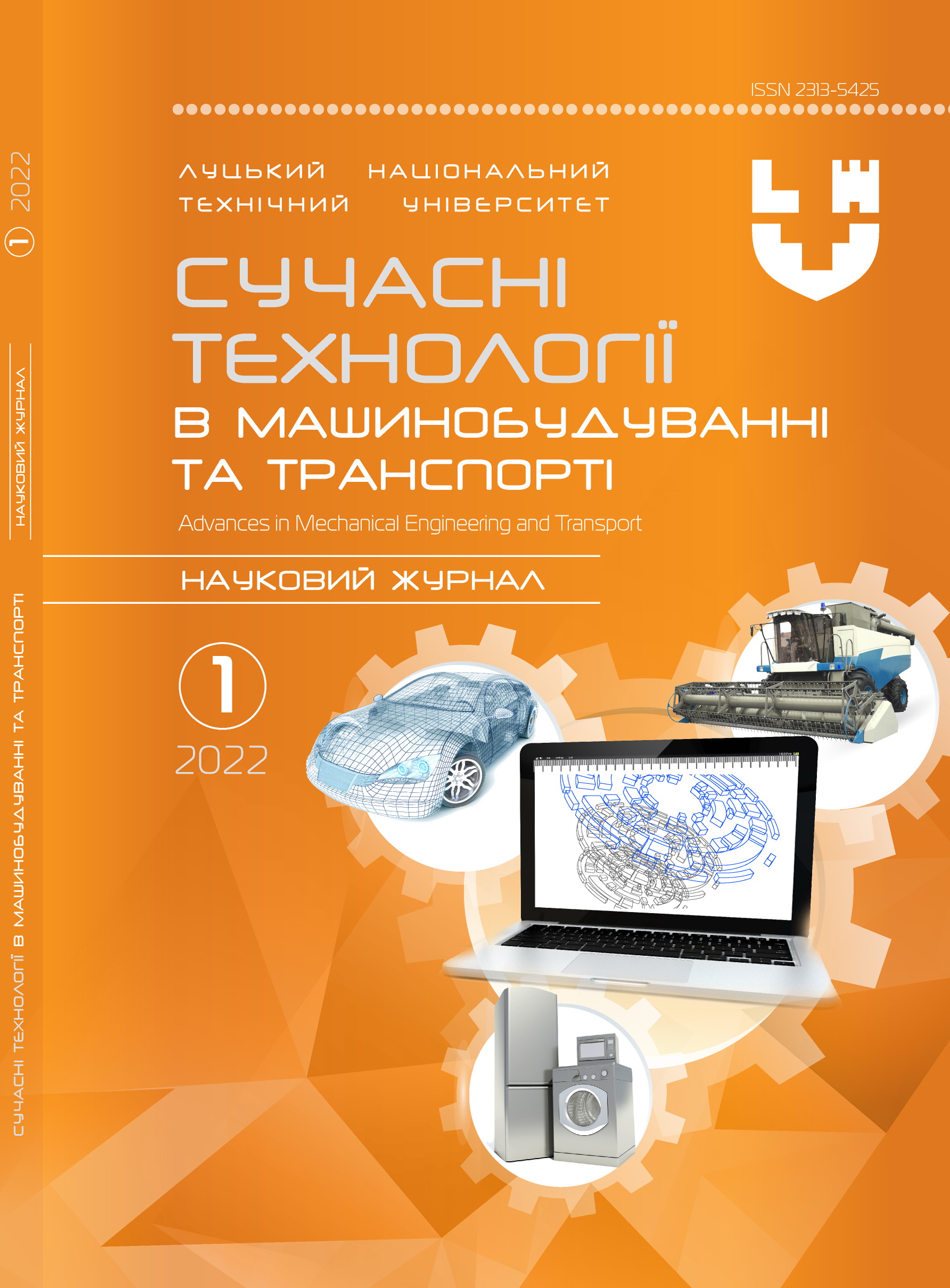Modern energy in transport
Abstract
The global trend in the development of transport is the development of hybrid electric traction and the transition to electric traction. The current trend in the development of energy complexes in transport is more efficient use of fuel and energy resources. Of particular importance are scientific and technical developments, which receive the conversion factor of one type of energy into another more than one. To do this, the entire on-board power unit must be transformed into an open system, when the appropriate conditions for interaction with other power systems, there is an additional channel of energy exchange. It is important to implement this principle in vehicles that use heat or electric motors and heat pumps.
The environment is saturated with thermal, electrical and electromagnetic energy of fairly large magnitude. If you organize the cycle of this energy with a high conversion factor, you can get an environmentally friendly increase in energy and use this increase in all areas of energy consumption. Methods of increasing the efficiency of natural energy sources with the use of heat pumps are considered. The efficiency of the heat pump is determined by the ratio of the difference between the outlet and inlet temperatures to the outlet temperature, ie, it is determined by how much less energy flows out of the service power system. The heat efficiency of a heat pump should be defined as the ratio of the useful heat transferred to the consumer to the energy expended to operate the heat pump.
The heat pump pumps energy from one power system to another. In order for such energy transfer to take place, it is necessary to use a certain energy from a third independent energy source and to overcome the activation energy.
Key words: environment, energy source, heat pumps, vehicles, open power system, air flow, conversion factor.




